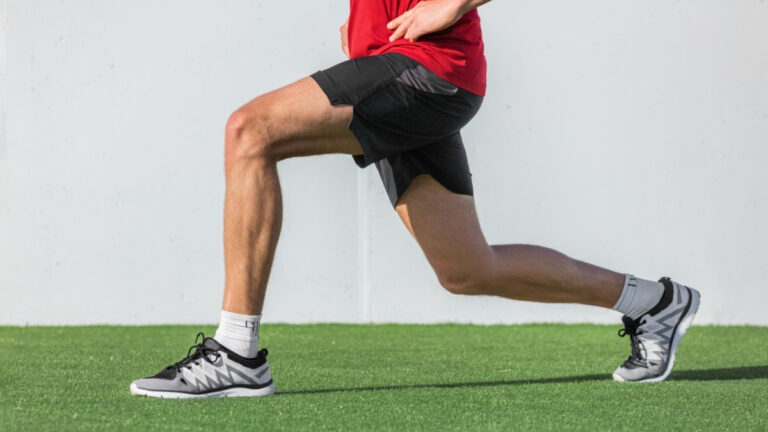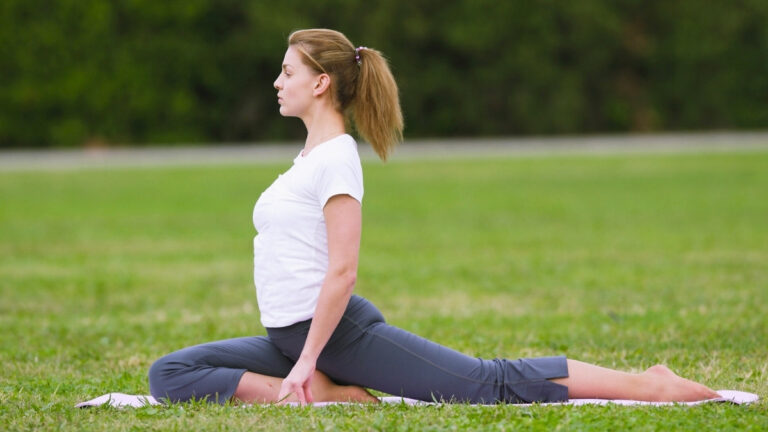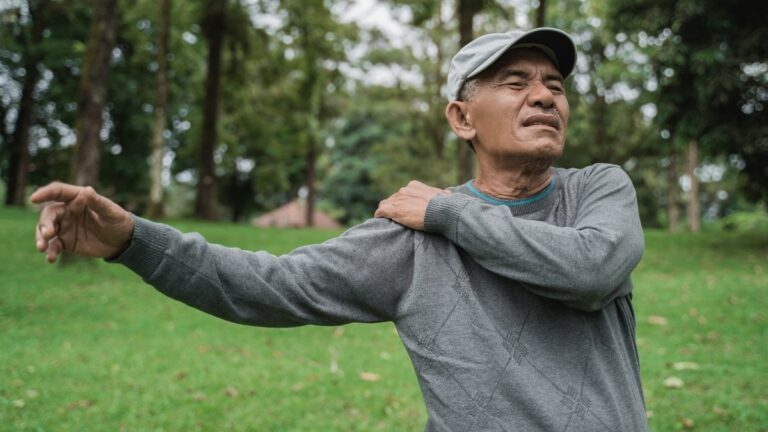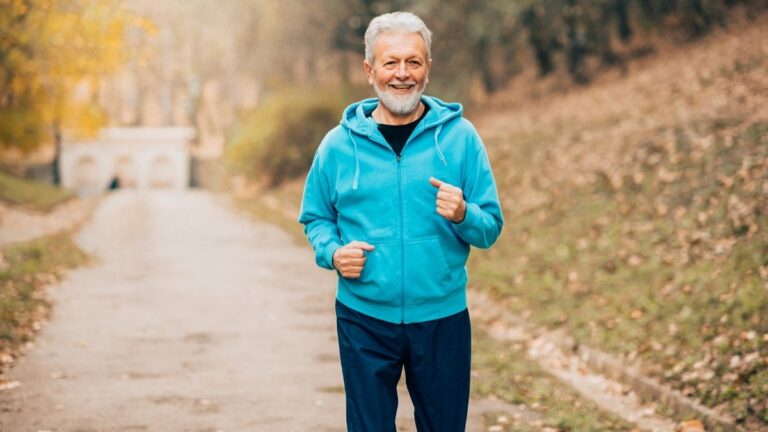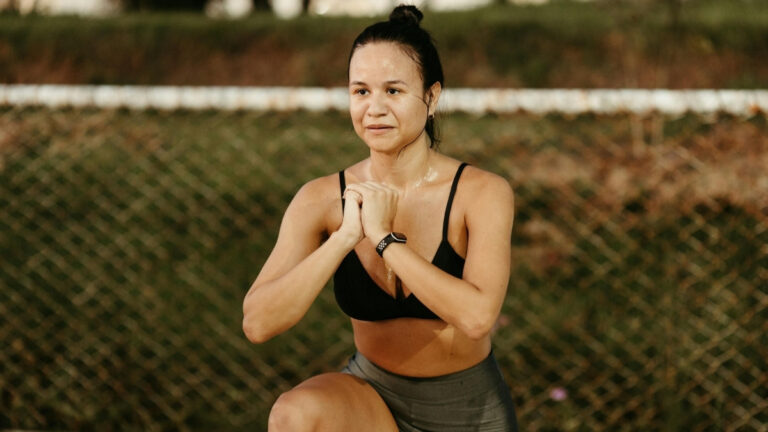Tips for Getting and Staying Active as You Age
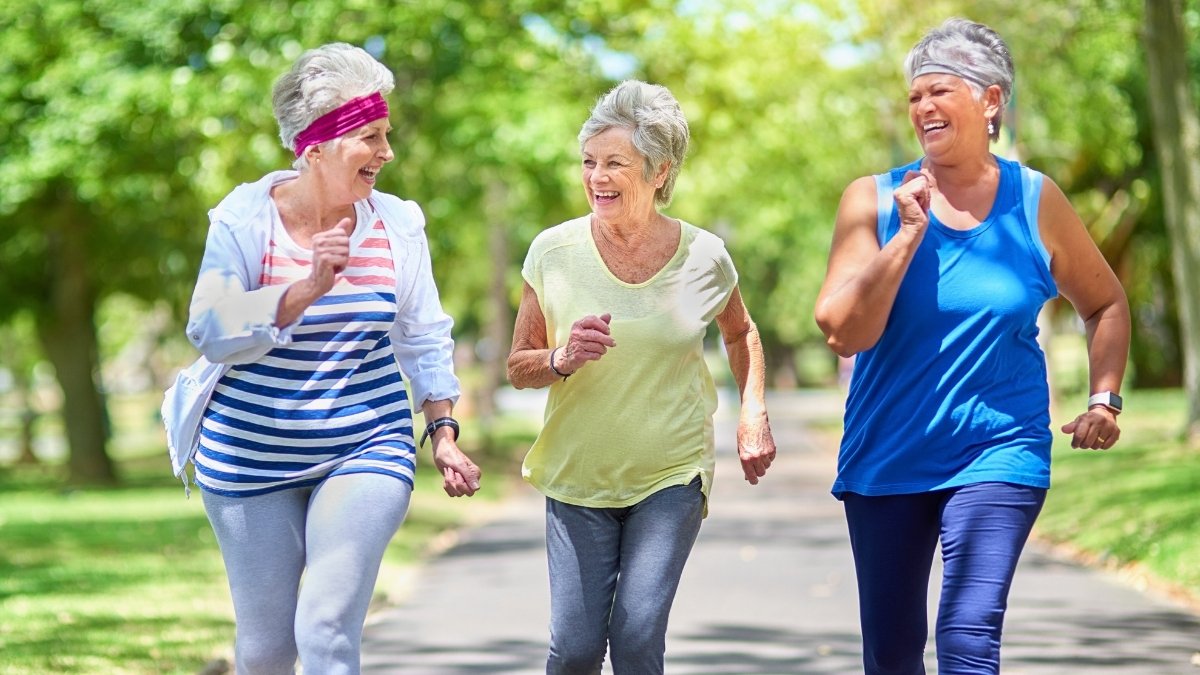
The moment Sarah noticed she was out of breath climbing stairs in her own home, she knew something had to change—but at 62, she wasn’t sure where to start. Like many older adults, she wanted to stay healthy but didn’t know how to begin staying active as you age safely.
Maybe you’ve felt the same. Your body doesn’t move like it used to. You feel weaker or slower. You’ve read so much advice about exercise for older adults that it’s hard to tell what actually works.
You want to move more—but you also don’t want to get hurt or make things worse.Stay strong and independent with simple tips for getting and staying active as you age. Safe, easy exercises for older adults.
Here’s the good news: it’s never too late to start. This guide shares science-backed ways to rebuild strength, energy, and confidence through safe physical activity. You’ll learn how to ease into exercise, adapt movements for your body, and make activity part of your daily routine.
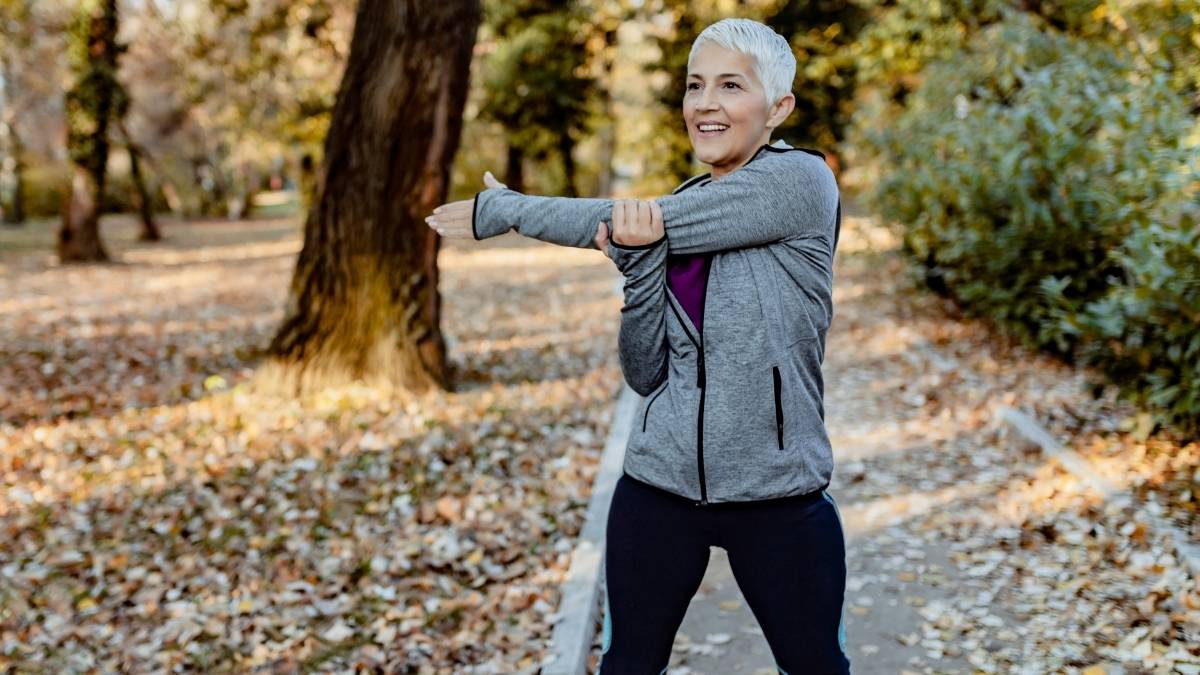
You don’t need fancy equipment or long workouts—just steady effort and the right plan.
Small steps lead to big changes, and your path to lifelong movement can start today.
✨ Click to Discover the Benefits of Staying Active
🎯 The Four Essential Exercise Types (Click Each)
• 30 minutes, 5 days/week
• Can break into 10-minute sessions
• Strengthens heart and lungs
• Resistance bands or light weights
• Rest day between sessions
• Maintains muscle mass
• Heel-to-toe walking
• Tai chi or yoga
• Reduces fall risk by 24%
• Deep stretches after exercise
• 5-10 minutes daily
• Maintains range of motion
🎯 Your Progress Journey (Click Each Milestone)
🗓️ Sample Weekly Plan (Click Days for Details)
📊 Key Statistics (Click for Context)
📈 The 10% Rule in Action (Click Weeks for Tips)
Why Staying Active as You Age Matters More Than Ever
Getting older doesn’t mean slowing down—it means moving smarter. Regular exercise for older adults helps your body, mind, and mood stay strong.
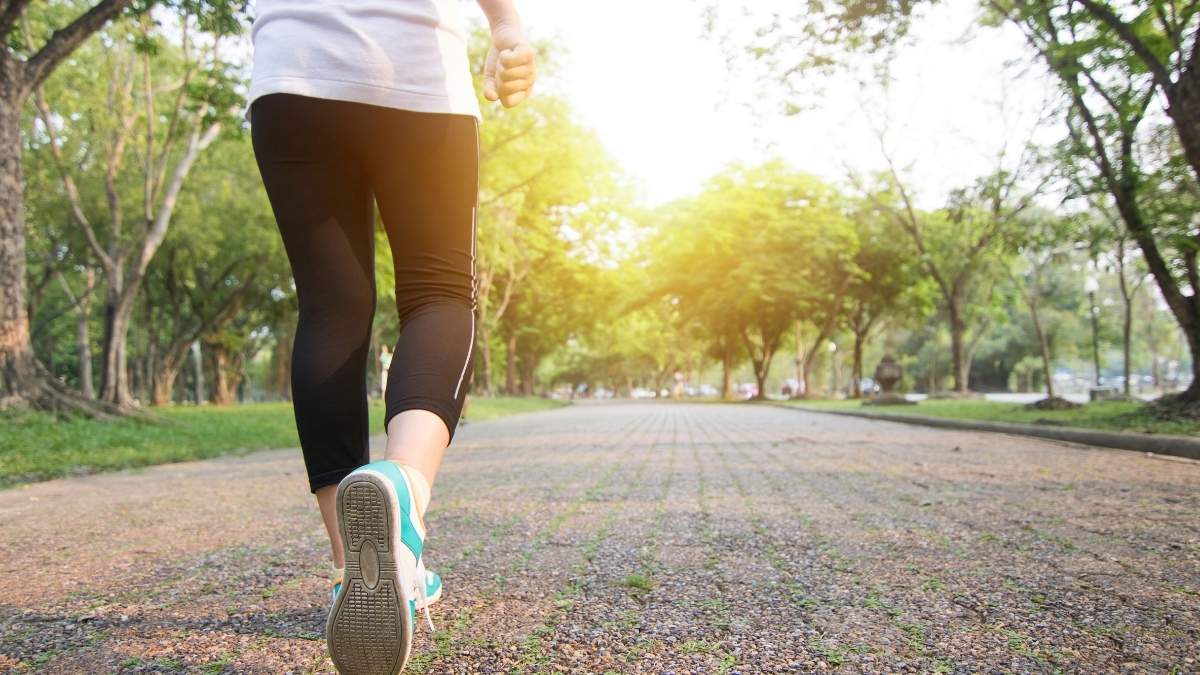
Physical activity helps you keep muscle mass, protect your bones, and improve balance. That means carrying groceries, playing with your grandkids, or traveling feels easier.
The CDC says adults 65 and older who stay active have a 30% lower risk of losing daily function. Plus, just 150 minutes of moderate activity a week—like brisk walking or swimming—can cut your death risk by 28%.
Staying active also helps your brain. It lowers your risk of dementia, boosts memory, and keeps your thinking sharp. Mentally, it lifts your mood, helps you sleep better, and builds confidence.
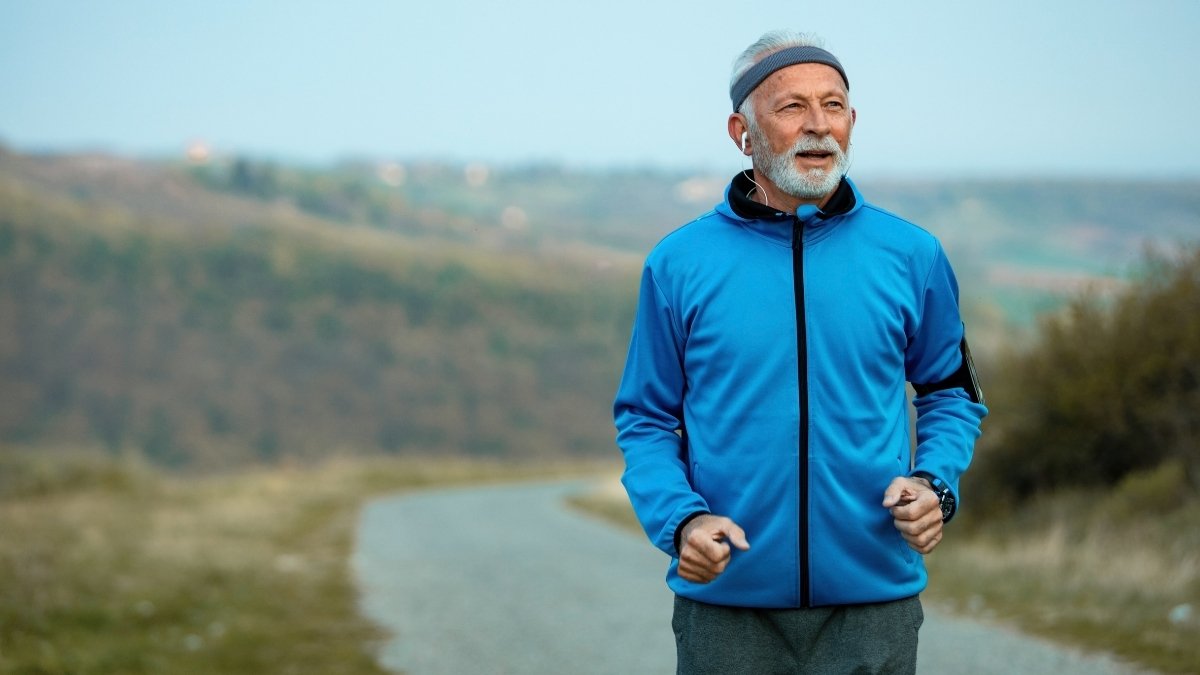
And don’t forget the social side. Joining a walking club or group class keeps you connected and supported.
Bottom line: Staying active isn’t just about living longer—it’s about living better. Keep moving, keep connecting, and enjoy active aging every day.
Assess Your Starting Point Before You Begin
Before jumping into any workout plan, know where you stand. Getting medical clearance is smart—especially if you have heart problems, uncontrolled diabetes, recent surgery, or unexplained pain.
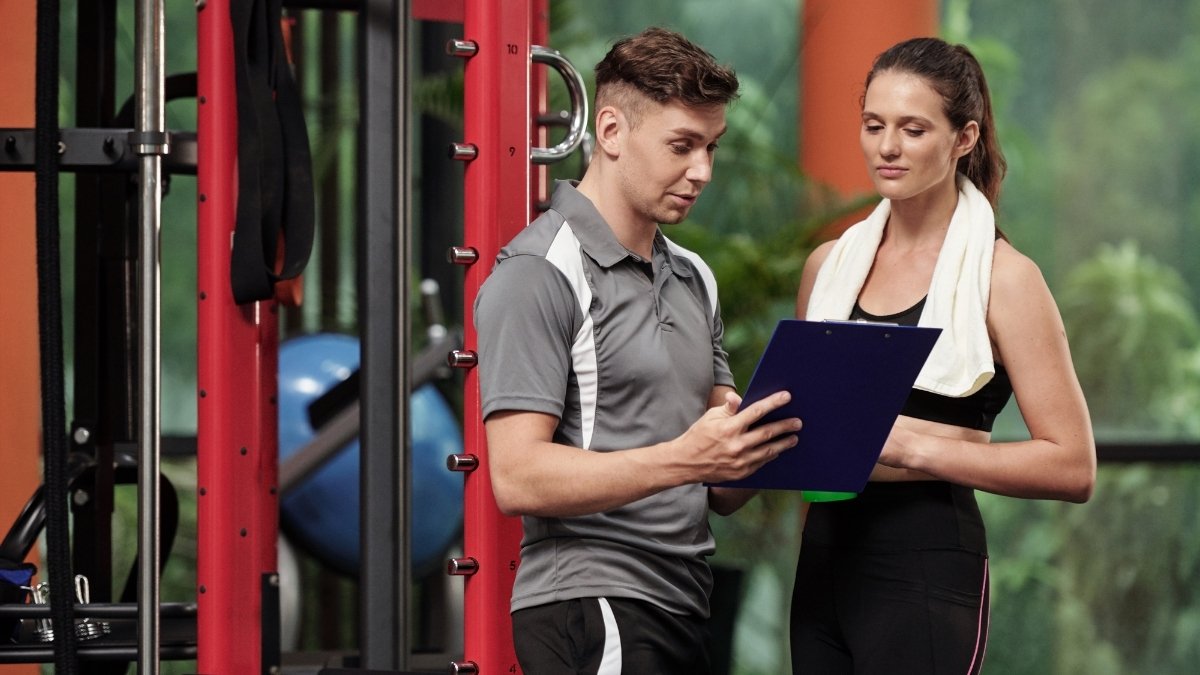
Be honest about your fitness level. Try simple checks: how many times can you stand from a chair in 30 seconds? How far can you walk in 6 minutes? Can you balance on one leg for 10 seconds? These small tests show your baseline and help you track progress.
Start slow. One person began with 5-minute walks and built up safely. That’s how age-appropriate physical activity works—steady and realistic.
Start Slow and Build Gradually (The 10% Rule)
When you’re staying active as you age, slow and steady wins. Follow the 10% rule—increase your exercise time or intensity by no more than 10% each week. It keeps you safe and prevents burnout.

Pushing too hard too fast causes problems. In fact, 60% of exercise injuries in older adults come from overexertion. Use the talk test: you should be able to speak but not sing. On the RPE scale, aim for a 5–6 out of 10—moderate effort.
Start with 10-minute walks, then move to 15, 20, and eventually 30. Small wins matter.
Patience builds progress. Safe exercise lasts longer.
Focus on the Four Essential Types of Exercise
To stay strong and steady, exercise for older adults should include four key types: cardio, strength, balance, and flexibility. Each supports a different part of your health.
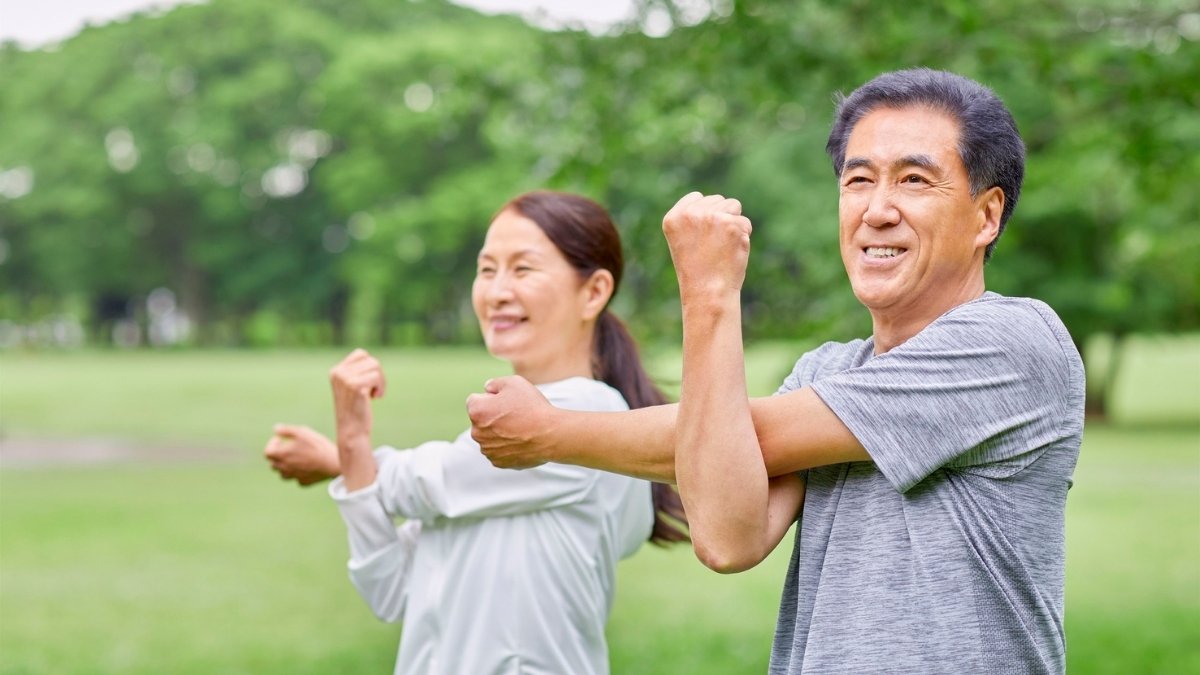
Cardio keeps your heart and lungs healthy. Try walking, swimming, or cycling for 150 minutes a week. Strength training for seniors—like squats, wall push-ups, or resistance bands—twice a week builds muscle and protects joints. Balance exercises such as tai chi or single-leg stands cut fall risk by 24%, which matters since falls cause over 800,000 hospital stays each year.
Stretch before and after workouts to stay flexible and move easily.
1. Aerobic or Cardio Exercise: Keep Your Heart and Lungs Strong
Cardio keeps your heart healthy, boosts energy, and helps you move longer without getting tired. The National Institute on Aging recommends at least 150 minutes of moderate activity each week. That’s 30 minutes a day, five days a week.
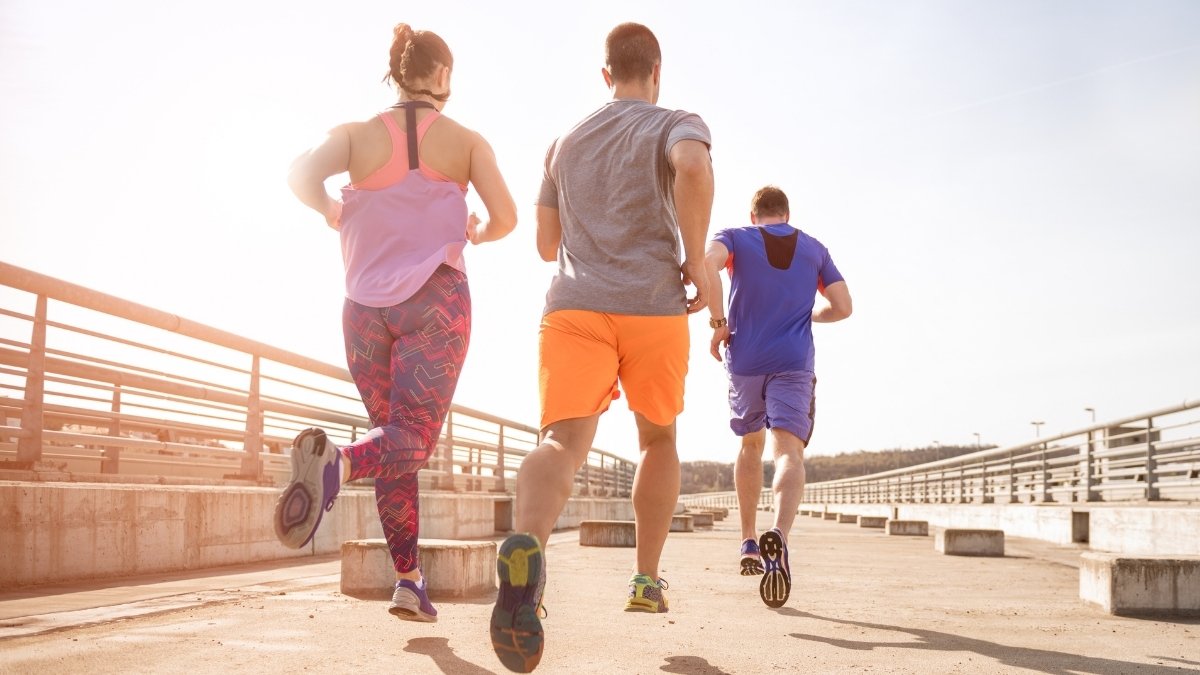
Try these simple options:
- Walking: Start with 10 minutes a day and add time each week.
- Swimming or water aerobics: Great for sore joints or arthritis.
- Cycling or stationary biking: Low-impact and easy on the knees.
If 30 minutes feels like too much, break it into shorter sessions—three 10-minute walks still count.
2. Strength Training: Build and Protect Muscle
As you age, you naturally lose muscle, which makes everyday tasks harder. That’s why strength training for seniors is so important. Aim for two sessions per week with rest days in between.
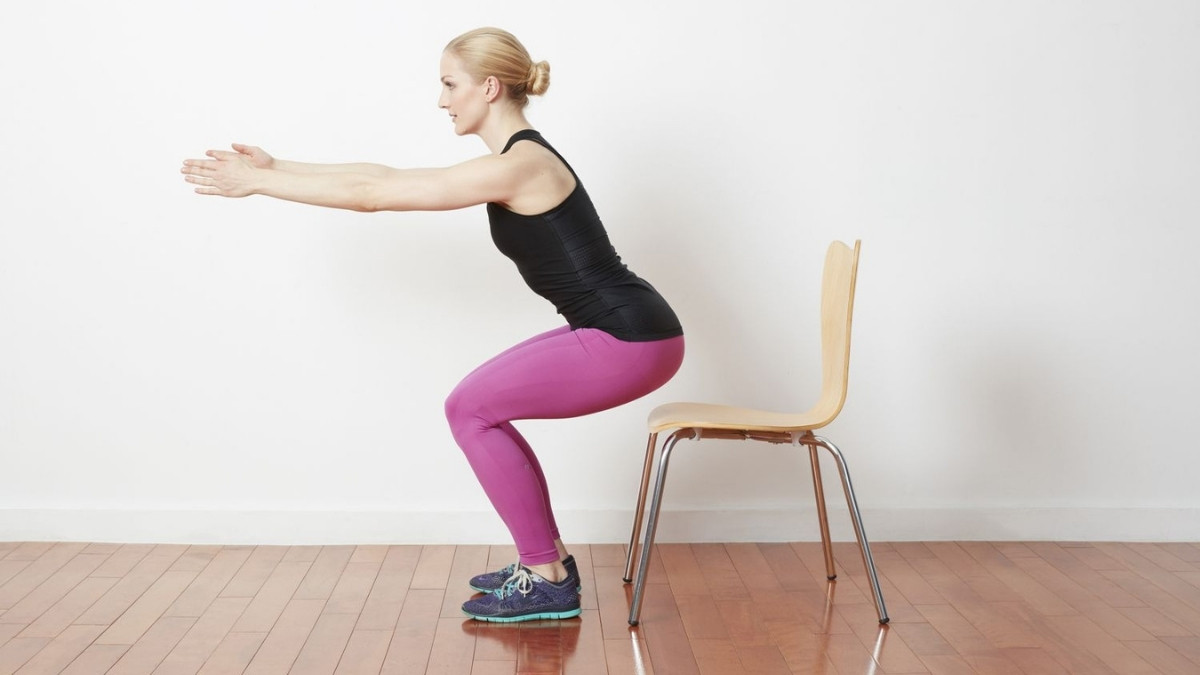
Try these moves:
- Chair squats: Stand up and sit down slowly using a sturdy chair.
- Wall push-ups: Strengthen your chest and arms without floor pressure.
- Resistance bands: Use them to work your legs, arms, and shoulders safely.
Lifting light weights or using your own body weight helps you stay strong enough to carry groceries, climb stairs, or play with grandkids. Start small and focus on proper form—consistency matters more than heavy weights.
3. Balance Exercises: Prevent Falls and Stay Steady
Falls cause more than 800,000 hospitalizations every year, but here’s good news—balance exercises can lower your fall risk by 24%. Better balance means better confidence in every step.
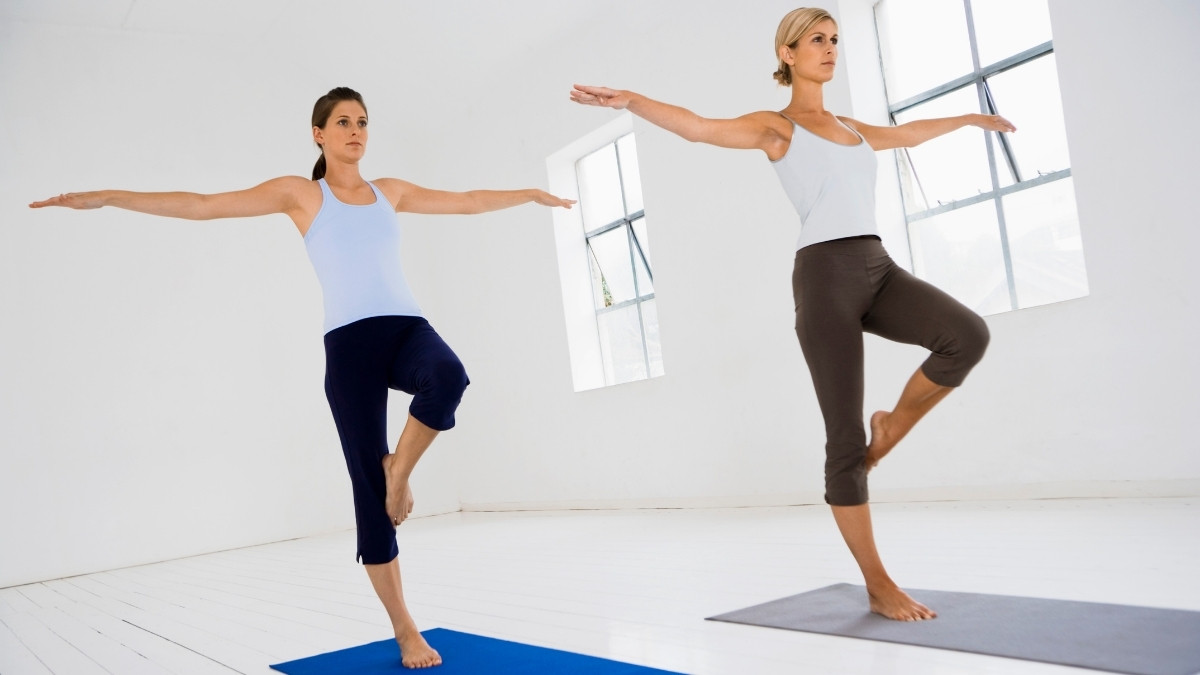
Simple daily practices:
- Single-leg stands: Hold onto a counter and lift one foot for 10 seconds.
- Heel-to-toe walk: Walk in a straight line, placing one foot directly in front of the other.
- Tai chi or gentle yoga: These build control, posture, and calm focus.
Even two or three minutes of balance work each day makes a real difference. Do them while brushing your teeth, waiting for the kettle, or during TV breaks.
4. Flexibility and Stretching: Move with Ease
Stiffness is common with age, but stretching keeps your joints moving freely and reduces pain. The National Institute on Aging suggests stretching before and after activity—gently before, deeply after.
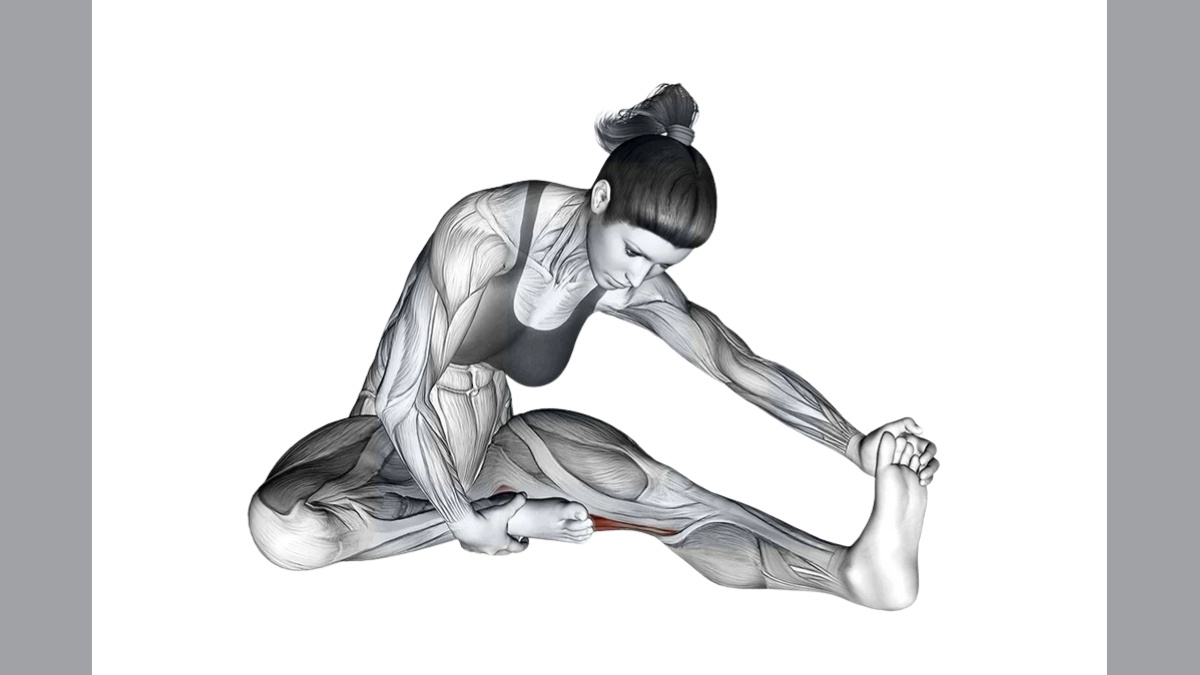
Good options include:
- Neck rolls and shoulder circles to release tension.
- Seated hamstring stretches for leg flexibility.
- Dynamic stretches (like arm swings) before activity, and static stretches (holding a pose) after.
Flexibility training doesn’t take long—just five to ten minutes a day can help you move more comfortably.
A Balanced Weekly Plan
Here’s how a full week of age-appropriate physical activity could look:
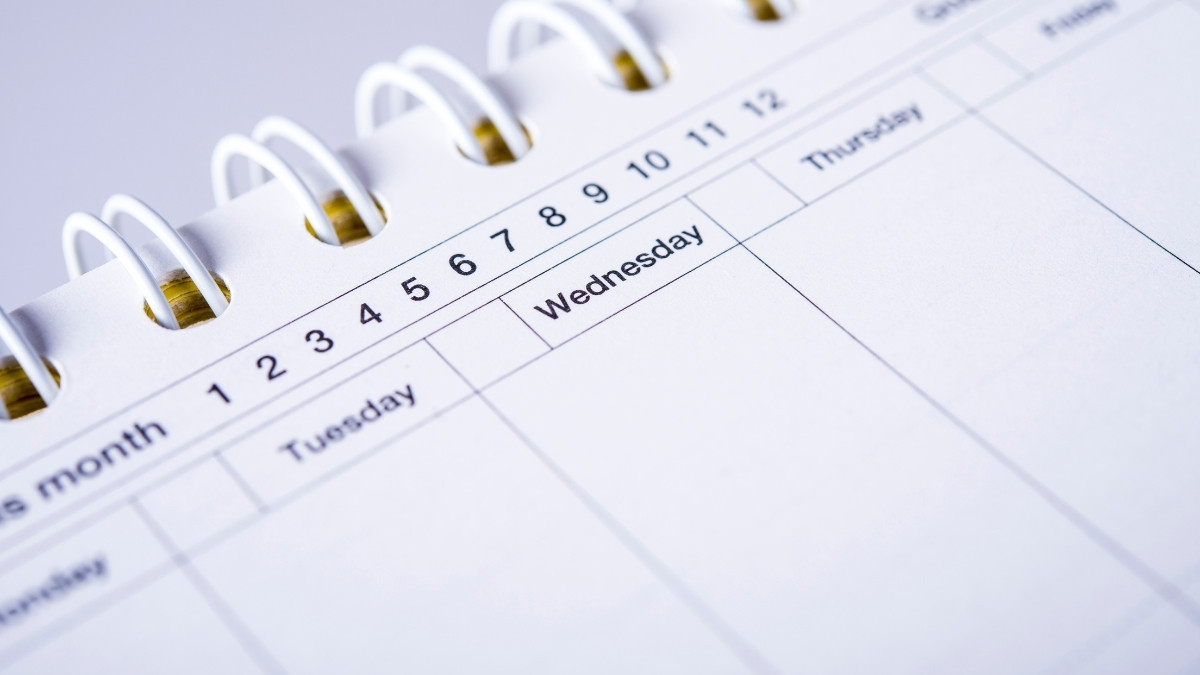
- Monday: 30-minute walk + gentle stretches
- Tuesday: Strength training (resistance bands + wall push-ups)
- Wednesday: 15-minute walk + 10 minutes of balance practice
- Thursday: Rest or light stretching
- Friday: 30-minute swim or bike ride
- Saturday: Strength training (chair squats + arm curls)
- Sunday: Yoga or tai chi sessio
Modify Exercises to Match Your Body’s Needs
Your body changes with time—and that’s okay. Smart exercise modifications help you stay active without pain. If you have arthritis, joint pain, or limited mobility, switch to low-impact exercise like pool walking, seated workouts, or recumbent biking.
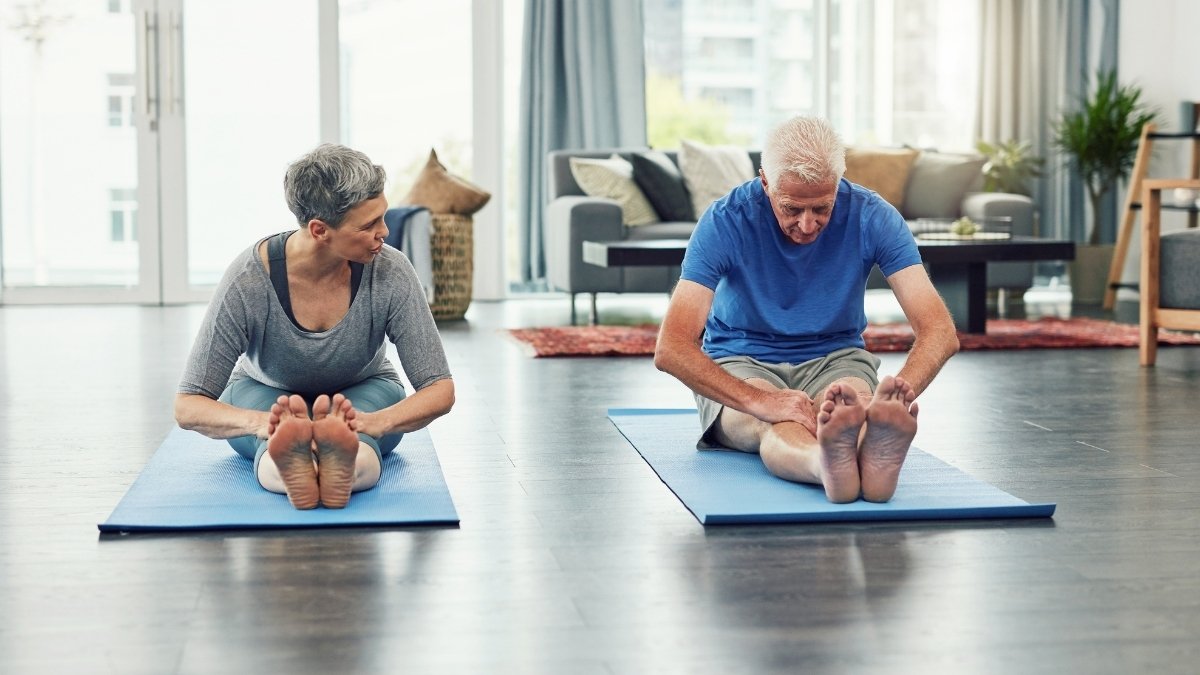
Use chairs, walls, or rails for balance. Try wall push-ups instead of floor push-ups or chair squats instead of deep bends. Listen to your body: mild muscle fatigue is good effort, but sharp joint pain means stop.
One woman with arthritis found relief and confidence through water aerobics—that’s real progress.
Age-appropriate physical activity means moving safely, not perfectly. Adjust, don’t quit.
Make Physical Activity Part of Your Daily Routine
You don’t need a gym to stay fit. Daily physical activity happens when you build movement into your normal day. Plan short workouts but also look for small chances to move—both matter for staying active as you age.
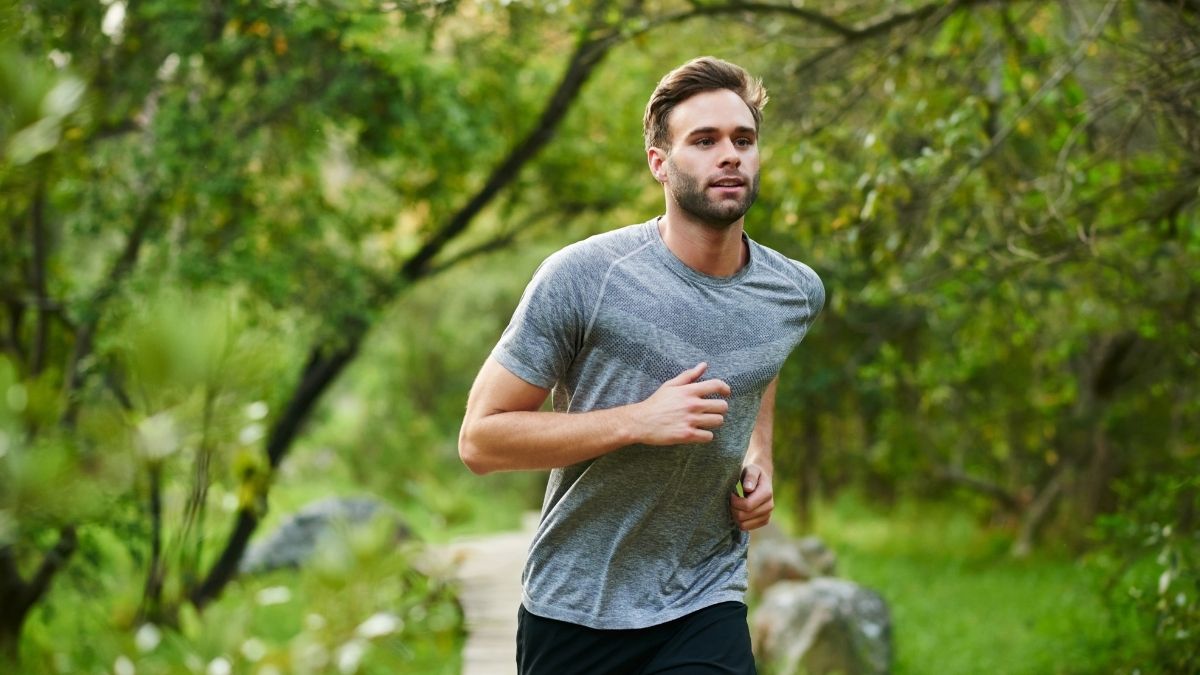
Use habit stacking to make it stick. Stretch after your morning coffee or take a short walk after dinner. Break up sitting time—5-minute walks every hour improve heart health, according to research.
Park farther away, take the stairs, or walk to do errands. Keep shoes by the door so it’s easy to move.
Small choices add up. Consistency turns movement into an active lifestyle.
Adapt Your Approach as You Continue Aging
Your body changes—and that’s normal. Staying active as you age means adjusting, not quitting. Think of fitness as a lifelong habit, not a short-term challenge.
Reassess every 6–12 months to see what still works. Maybe you move from running to walking, then to water walking. The benefits stay, even if the intensity drops. Research shows staying consistent matters more than going hard.
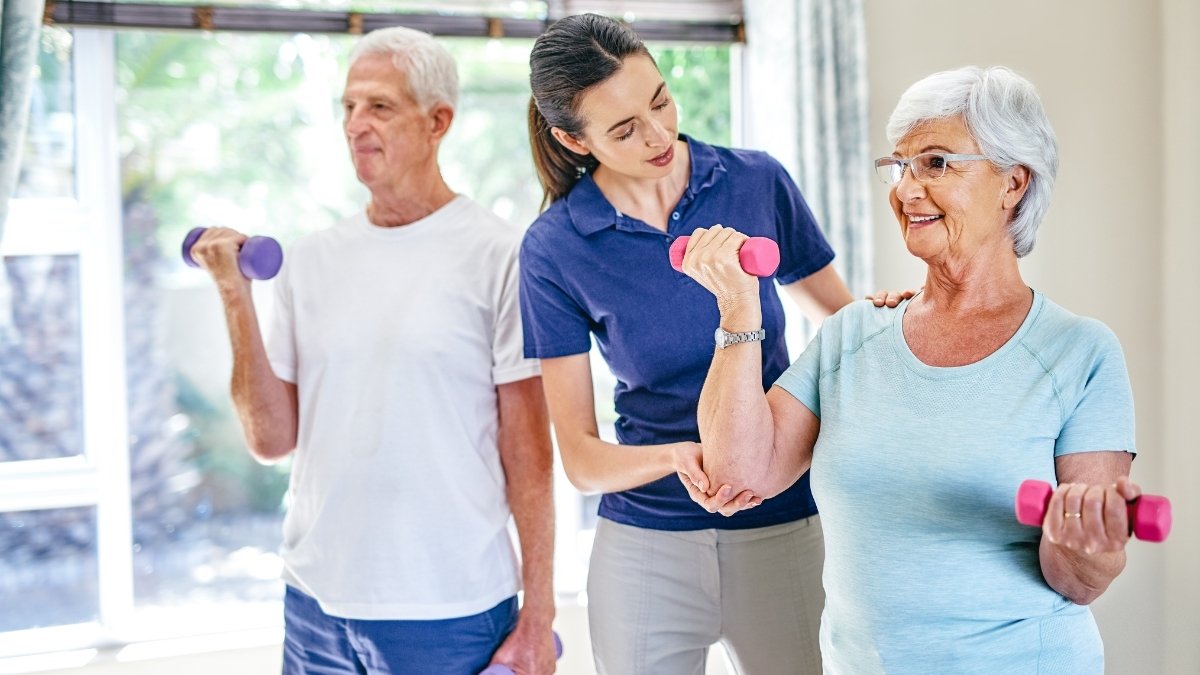
Try new activities that fit your energy and comfort. Each stage of life has its own “season of fitness.”
Age-appropriate physical activity keeps you strong for life—one smart adjustment at a time.
Lastly:
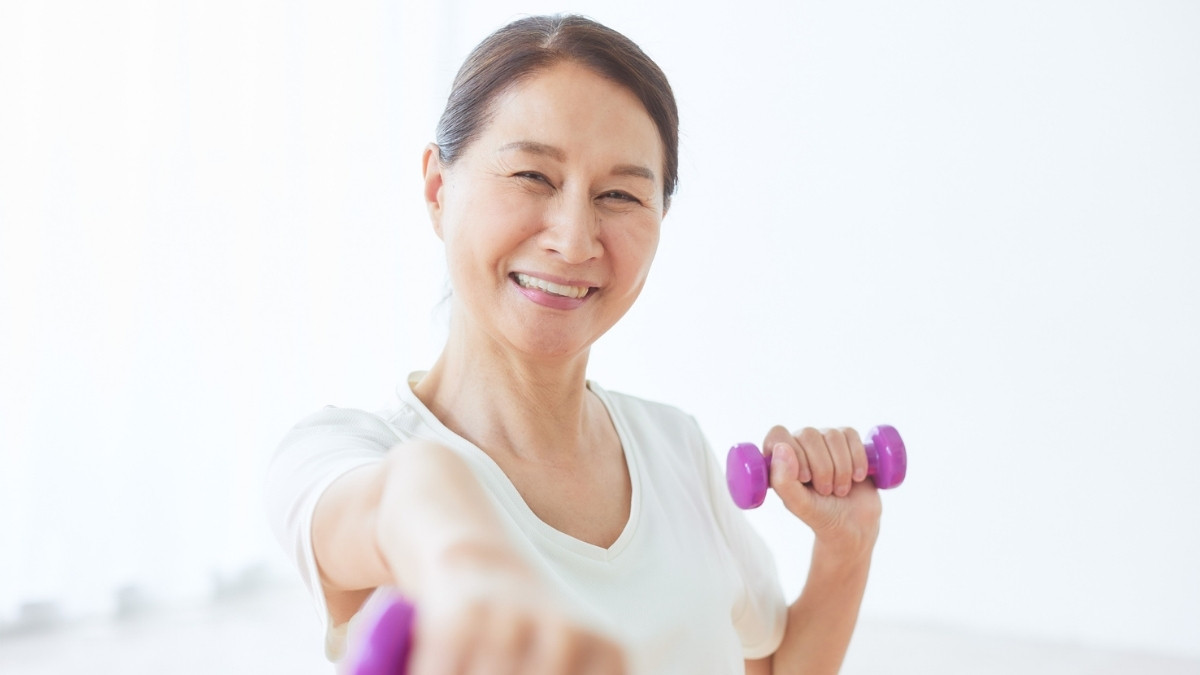
No matter your age or starting point, staying active as you age is possible. The key is to start slow, stay consistent, and focus on what feels right for your body. Mix the four types of movement—cardio, strength, balance, and flexibility—and find activities you enjoy.
Listen to your body. Modify when needed. Progress doesn’t come from pushing harder—it comes from showing up regularly. Small, steady changes, like walking 10 minutes a day or stretching after breakfast, build strength and confidence over time.

Here’s your challenge: pick one simple action from this guide and do it this week. Take that walk, try a balance exercise, or schedule a checkup to talk about exercise for older adults.
Your future self will thank you for choosing health, movement, and lifelong energy. That’s what staying active as you age truly means.

